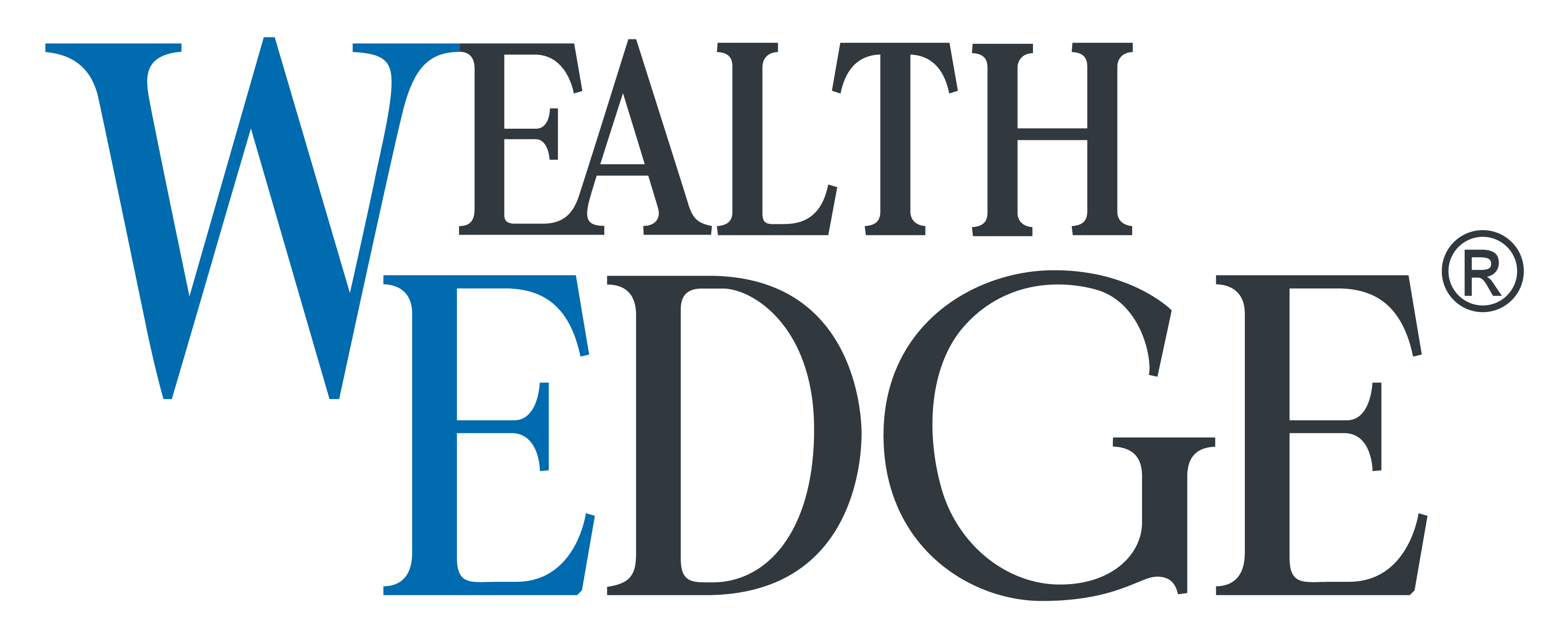Personal Financial Ratios:
These ratios are a good way to measure your personal financial situation. See whether you are on track and what more you need to do to secure your financial future.
Short Term Savings:
Emergency Fund – 3-12 months of non-discretionary expenses (ie. ESSENTIAL expenses – rent, mortgage, food, utilities, etc) should be held for cash in case of an emergency.
Housing Ratio – Rent or Mortgage (including principal, interest, taxes and insurance) should be no more than 30% of your gross income.
Housing Ratio + All Other Debt Ratio – your Housing Ratio, plus ALL other recurring debt payments (student loans, credit cards, auto loans, etc.) should be no larger than 36% of your gross income.
Long Term Savings and Investments:
Education Funding –depends on the type of college:
- Public State University – $1,000/per child/per year for 18 years
- Semi-Private University – $3,000/per child/per year for 18 years
- Competitive Private University – $6,000/per child/per year for 18 years
Retirement Amount – These benchmarks take into account the fact that your retirement savings consist of your contributions, employee-matched contributions and any growth. Consider these figures to stay on track for a comfortable retirement:
- By Age 30 – 1x your salary
- By Age 35 – 2x your salary
- By Age 40 – 3x your salary
- By Age 45 – 4x your salary
- By Age 50 – 6x your salary
- By Age 55 – 7x your salary
- By Age 60 – 8x your salary
- By Age 67 – 10x your salary
Retirement Savings Rate – 10-15% of your income should be saved for retirement. The earlier you start, the less you will need to save.
Insurance:
Life Insurance – a typical benchmark is 10-16x your gross income.
Disability Insurance – you should be able to replace 60-70% of your gross income if you are paying your premiums with after-tax dollars.
Home & Auto Insurance – check your policies often and verify that they are covered at their fair market value.
Budgeting:
(Note: Experts disagree on whether these percentages should be net income or gross income – err on the side of frugality and say net).
Housing – Mortgage payments (including property tax and home insurance) or Rent – should be no more than 25-28% of your income. Additionally, may people wonder if they can safely afford to buy a home – Financial Expert, Suze Orman suggests this – take your rental costs and add an additional 45% to cover maintenance, property taxes, insurance, etc. This will give you a good indication on whether or not you can afford it.
Utilities – phone, electricity, water, cell phone, Internet, gas, trash – should be no more than 5-10%.
Transportation – gas, insurance, maintenance, license, registration, public transportation passes – should be no more than 10-15%.
Food – groceries, and eating out (restaurants, vending machines, coffee, etc.) – should be no more than 5-15%.
Savings – emergency funds & big-ticket items – should be no more than 5-10% to start, but eventually be 3-6 months of your gross income.
Retirement – at least 10-15%
Medical – Health Insurance, copays, medication, medical nills, disability insurance – should be no more than 5-10%.
Debt Repayment – car payment, credit card debt, student loans (everything you owe except your mortgage) – should be no more than 5-15%.
Personal/Recreation – entertainment, vacation, subscriptions, gifts – should be no more than 5-15%
So, how did you do? Are you on track to meet your financial goals?


